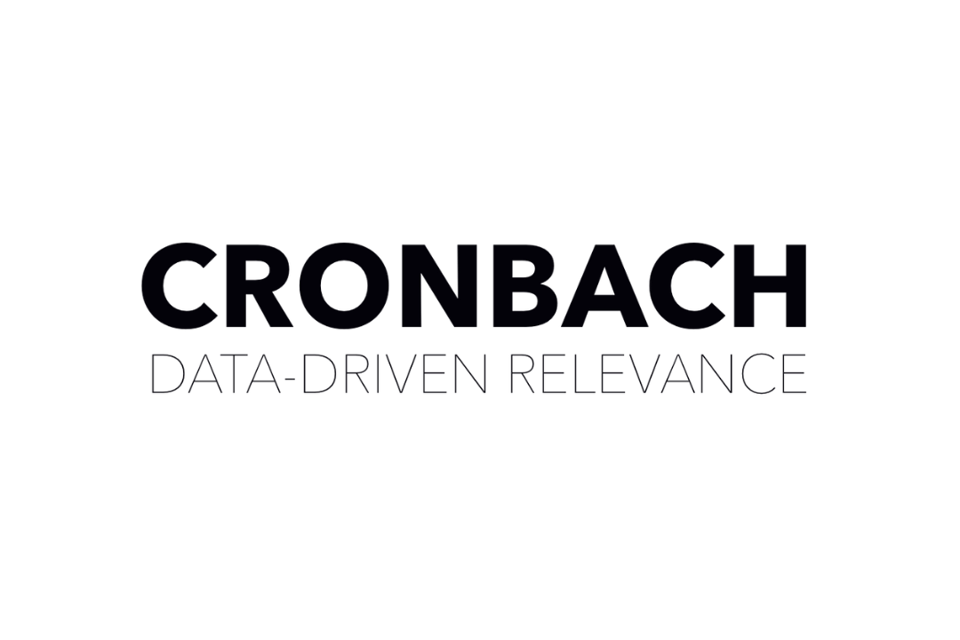Use Case
Psychographic Target Group Analysis

Advantages of Psychographic Target Group Analysis
-
Gain deep insights into the true motivations behind consumer behavior, empowering you to enhance relevance and influence choices.
-
Derive tangible strategies tailored to your target group, including the ideal media channels, tone of voice, and product design that resonate with their needs.
-
Break free from surface-level data and tap into the power of motives and attitudes, allowing for a more meaningful differentiation between individuals.
Method
Tailor your approach to perfection
Influence
Understanding the 'Why' is your competitive edge

Cronbach
Decoding people's behavioral drive with the right data

KPIs to measure
-
Develop Marketing Campaigns
-
Product Development
-
Targeting Strategies
-
Product Messaging
Essential Psychographic Target Group Analysis questions
-
To unveil motivations
What drives my target's behavior — the desire for success & efficiency, personal belonging, or influence & control?
-
To craft compelling appeal
Which words and images should we use to captivate and connect with our consumers?
-
For winning differentiation
Which benefits hold the key to persuading customers and setting us apart from the competition?
-
To assess emotional connection
How does our target audience feel about our brand? What about their perception of competitors' brands?
Psychographic Target Group Analysis explained
-
The target group analysis is the foundation for an effective and successful brand and communication strategy. It uncovers what types of people are likely to buy your brand and why.
-
To conduct a target group analysis, you need to precisely identify the target audience, define their characteristics and needs, and use different research methods such as surveys, interviews, and focus groups to gain insights into their behaviors, preferences, and motivations.
-
The main types of target group analysis in market research include demographic, psychographic, behavioral, and geographic segmentation.
-
To identify your target market, some methods may include analyzing your offerings, conducting market research, creating customer profiles and market segments, and assessing the competition.
-
A target audience refers to a group of individuals who share similar needs and wants. This group is often characterized based on demographics and socio-economic factors, such as "unmarried women between the ages of 25 and 40 with a high income."
-
Psychographic target groups are groups from which their values, beliefs, attitudes, and lifestyle are examined to derive insights into consumer motivations and pain points.
-
When using the Appinio panel, data collection is conducted with the Psychographic questionnaire developed by Cronbach following a market analysis and deciding on core psychological segments.
More use cases & methods
Strategy
Market analysis
Tracking
Consumer tracking
Tracking